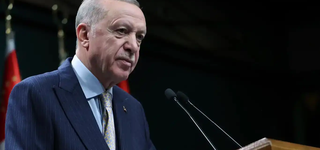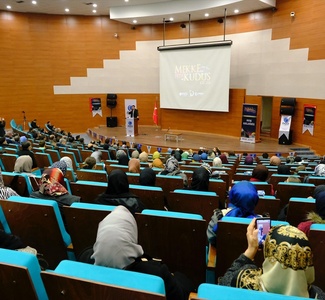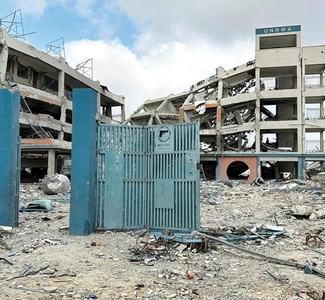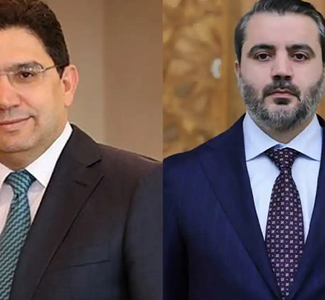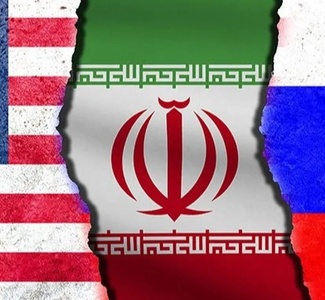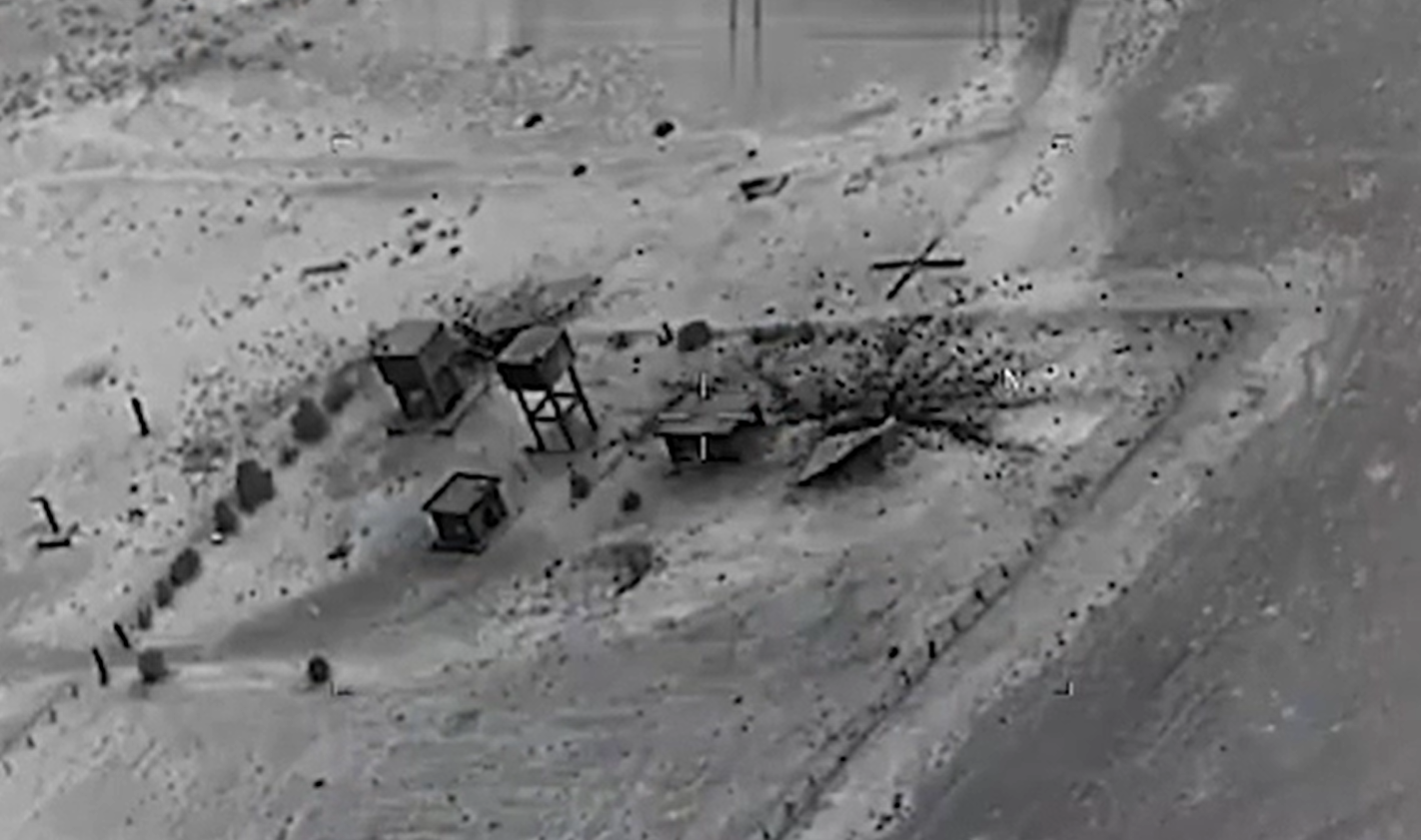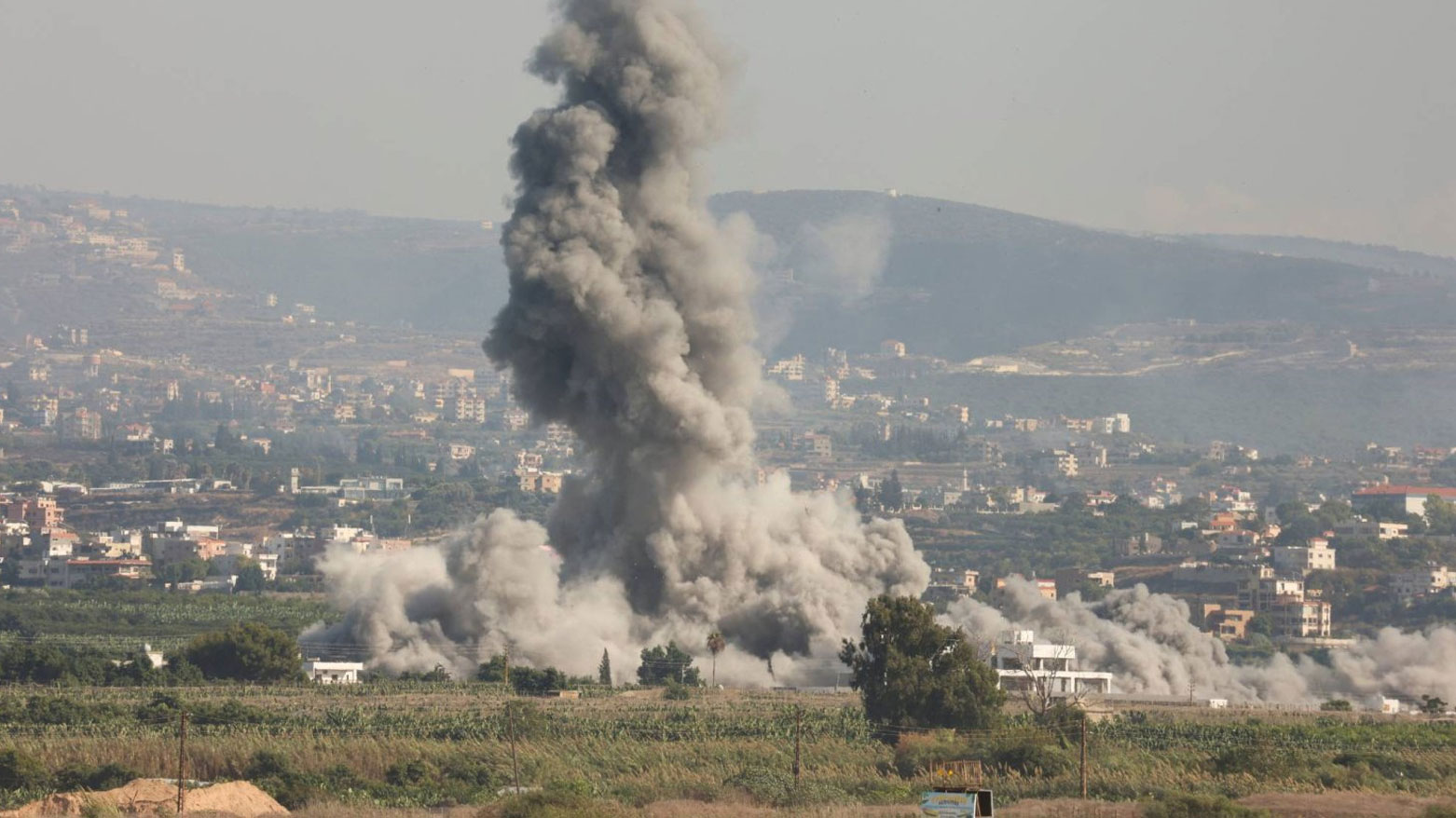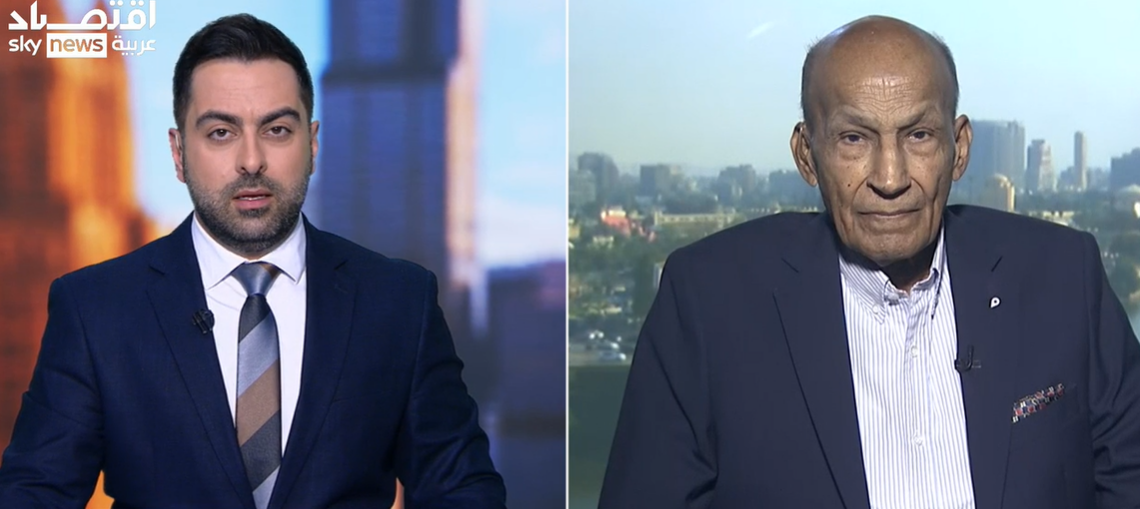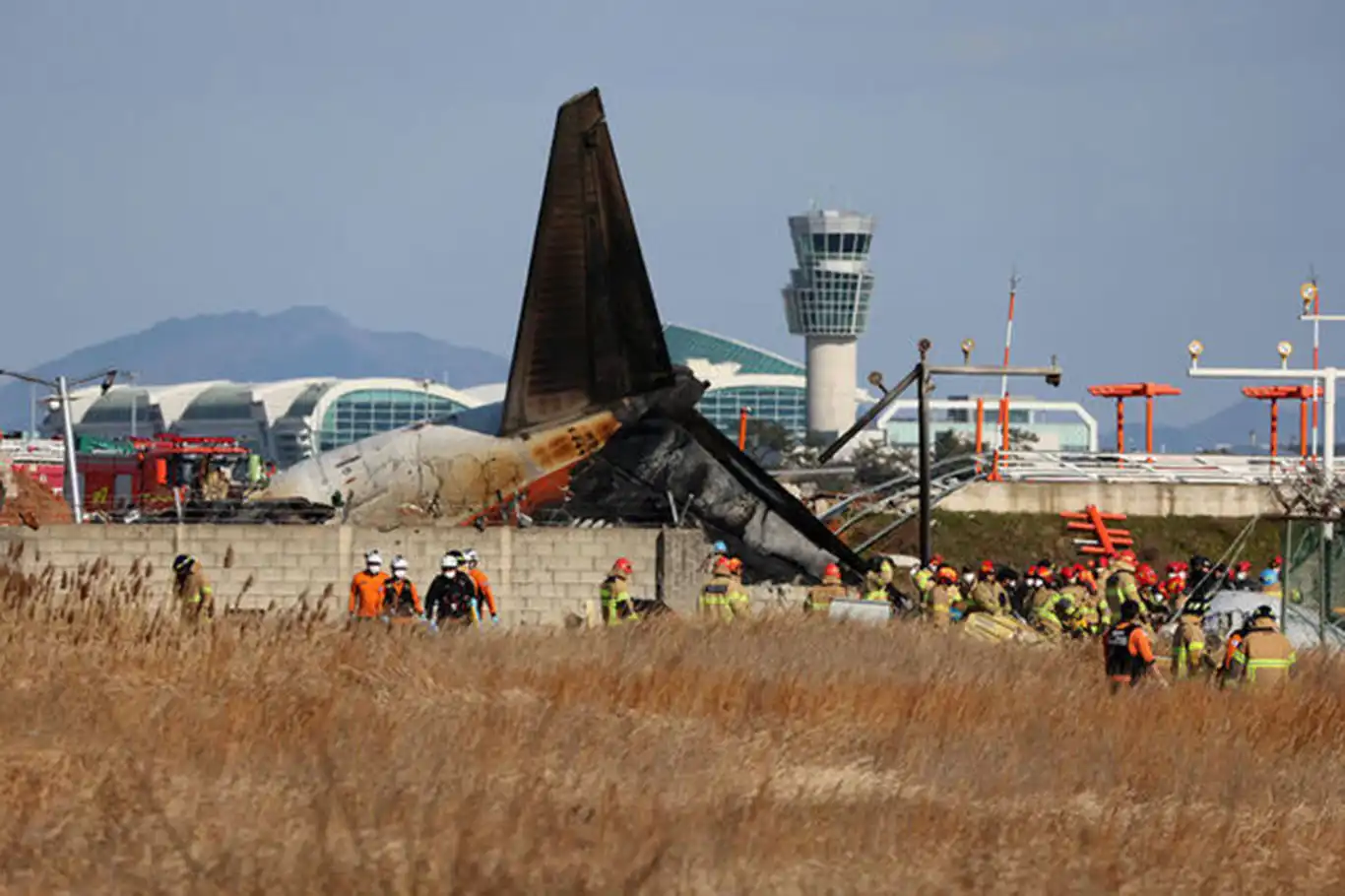Afghanistan’s economy begins to recover under Islamic Emirate rule
The World Bank has been closely monitoring the evolving economic situation in Afghanistan, and the latest reports indicate the economy is not collapsing, but gradually recovering.
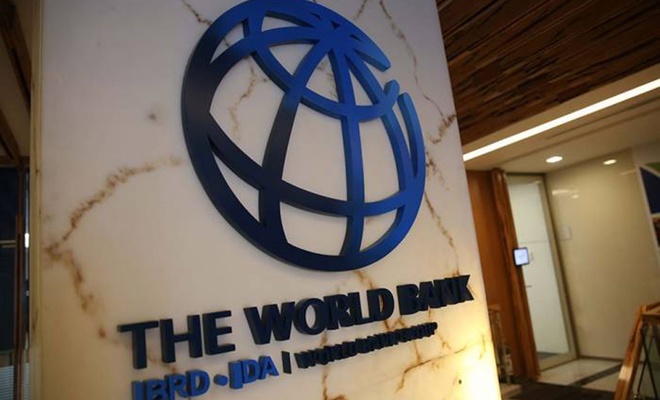
 Google News'te Doğruhaber'e abone olun.
Google News'te Doğruhaber'e abone olun. The latest economic developments and key economic indicators by the World Bank Afghanistan Economic Monitor indicate positive signs of economic revival in the war-torn country.
The Consumer Price Index (CPI) inflation continues its downward trend of 9.1 percent in November 2022 compared to its peak of 18.3 percent in July 2022. The Afghan currency (Afghani) to USD exchange rate has been stable at around 87-89 over the past months.
Since the beginning of the harsh winter and poor weather conditions, the demand for skilled and unskilled labor has been declining in agriculture, construction, and other activities in the country.
Also, the collected data by third-party agents indicate that civil servants’ salaries (men and women) are paid on time. Revenue collection remains strong reaching US$ 1.54 billion in the last eight months (March-December) of 2022, as compared to that of 2020.
Furthermore, export performance remains strong throughout the 2022 financial year, as Afghanistan’s total exports reach US$ 1.7 billion worth of goods, compared to US$ 0.9 billion and US$ 0.8 billion for the full years 2021 and 2020.
Over the recent past, the central bank of Afghanistan (Da Afghanistan Bank) has auctioned USD to stabilize the value of Afghani against USD and other foreign currencies.
As per the findings of the World Bank Afghanistan Economic Monitor, the national economy is recovering despite the prevailing economic crisis and the many challenges both the private and public sectors are faced with.
Unlike the United Nations and other aid organizations, the World Bank’s finds indicate that the country’s economy is not on the verge of collapsing. However, a slow recovery is seen compared to that of the previous financial years. (ILKHA)





























